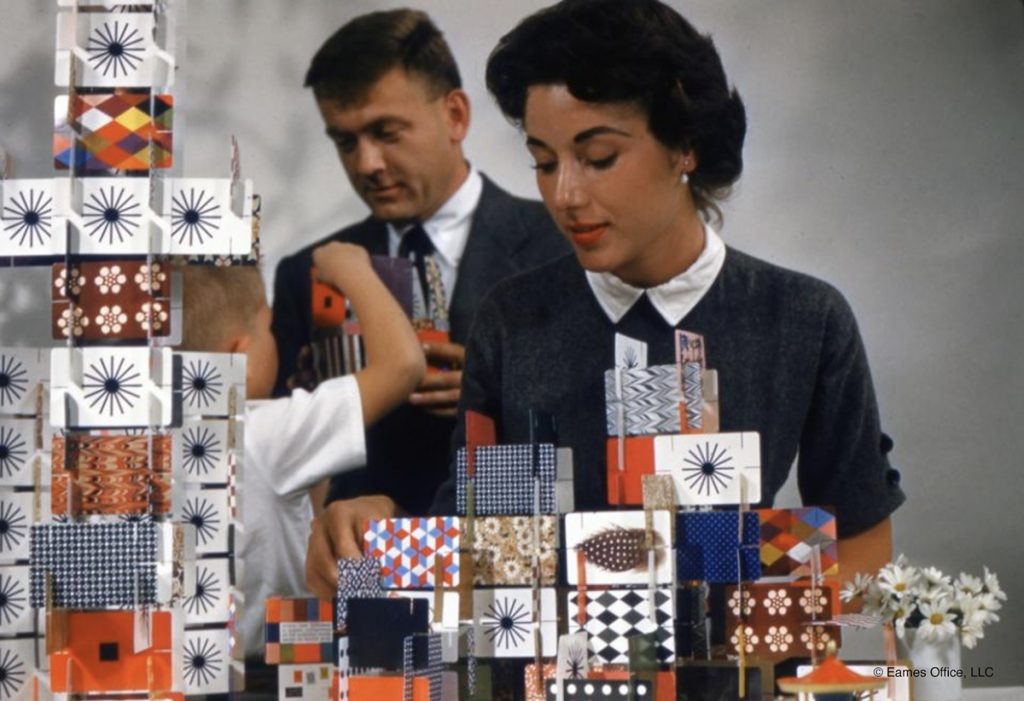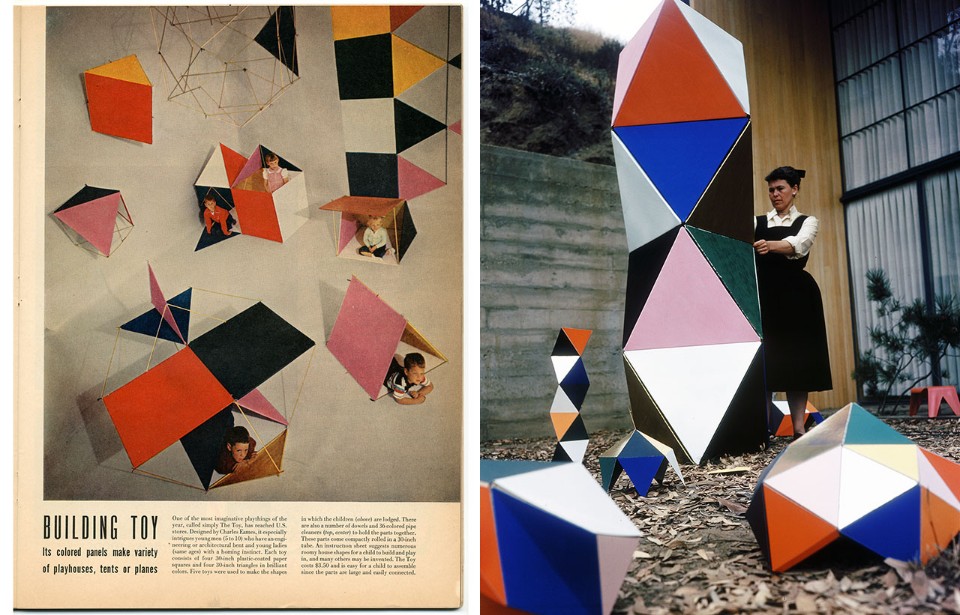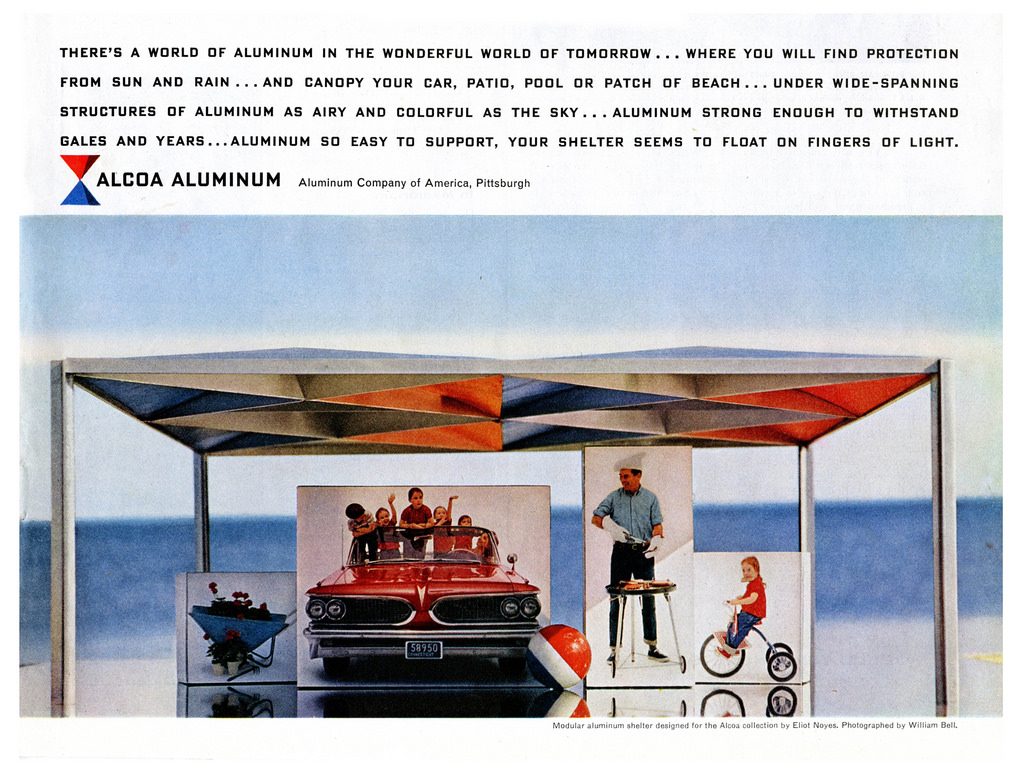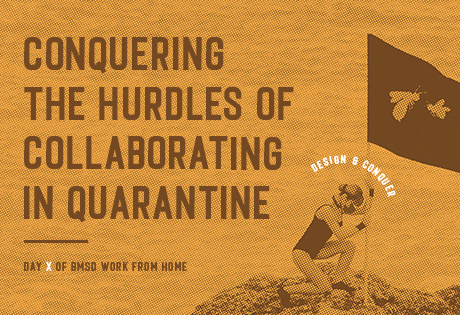Serious Play: The Importance of Fun in Design
“There is no creative aspect of graphic design more enjoyable or rewarding than the indulgence in play,” said Bradbury Thompson, the famous designer, typographer and art director. In the thrum of any given work day, these are words that can easily fall by the wayside as the demands of projects pile up and the tick of the clock continues its steady march forward. But we do ourselves and our clients a disservice if we let play—serious play, mind you—exit the picture of our workday altogether.

This is an idea that I was reminded of this weekend amid the building blocks, jungle gyms, technicolor textiles and spinning tops of Serious Play: Design in Midcentury America, a new exhibition at the Milwaukee Art Museum. On the surface, the exhibit is a retrospective of childhood playthings from post-WWII America. At its heart, though, is the assertion that playful experimentation gives way to the innovation, the ideas and the designs that overcome our biggest challenges and improve our lives.
Take the exhibit’s leading cast of characters: Charles and Ray Eames, Alexander Girard, Irving Harper, Paul Rand and Thompson, among others. These are the names that ushered in modern design as we know it, and each has gone on the record about the importance of serious play. Rand said, “Without play there would be no Picasso. Without play, there is no experimentation. Experimentation is the quest for answers.” Charles Eames: “Toys are not as innocent as they look. Toys and games are preludes to serious ideas.”

Making Time for Serious Play
Play is the backbone of what we do as designers. It’s how we solve client problems in novel ways. It’s how we craft brands, messages and campaigns that move units. Let’s be honest, it’s why we got into this business. We’re ‘creatives’ after all. And, dear reader, if you have an agency partner or are shopping for one, play should play heavily into your relationship with them because the right play, dedicated to your business, is going to give you the wildly creative results you’re looking for.
And at BatesMeron, our professional mantra is “Design Beyond Your Wildest Dreams,” so serious play is inherently a big part of who we are. That’s why this exhibit struck such a chord with me. Play can feel counterintuitive or at odds with our drive for daily productivity. Who has time to play around? There’s too much work to do! From the designs of Herman Miller’s Textiles & Objects Shop, which are a testament to the brand’s identity as a hub for design and ingenuity, to the campaign work of the Aluminum Company of America, which presages GE’s “Imagination at Work” by 60 years, this exhibit is one big case in point behind the argument that play is worth it.

Play It Forward
In an interview about the underlying commentary of the exhibit, the Milwaukee Art Museum’s curator said, “In 2018, America is not a happy society. We work hard. We value work, but we don’t value play in the same way… These designers were not grinding out designs for the perfect chair. They were playing with colors; they were taking photographs. These were aids in creativity.”
As designers today, we should strive to do the same thing. It might be more economical to dive right into the next project on your list, crank out a version that satisfies all the must-haves of the creative brief and call it a day. But does that give our clients work that’s beyond their wildest dreams? Maybe. But only by iterating and exploring—i.e. playing with the project in front of you—can we push ourselves further and design something that might surprise and delight us, let alone delight our clients.
Have you seen The Milwaukee Art Museum’s Serious Play exhibit? If so, what did you think? Are you also a designer trying to incorporate more play into your work habits? How’s it going? We’re always game to hear from you. Drop us a note in the comments and tell us your thoughts on serious play at work.
Brand Collaborations: Something Old, Something New
The Trials and Tribulations of a Young Designer: How Prototyping Saved Me
Restaurant Branding in 2022: 5 Things You Need to Know










